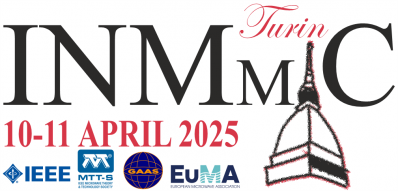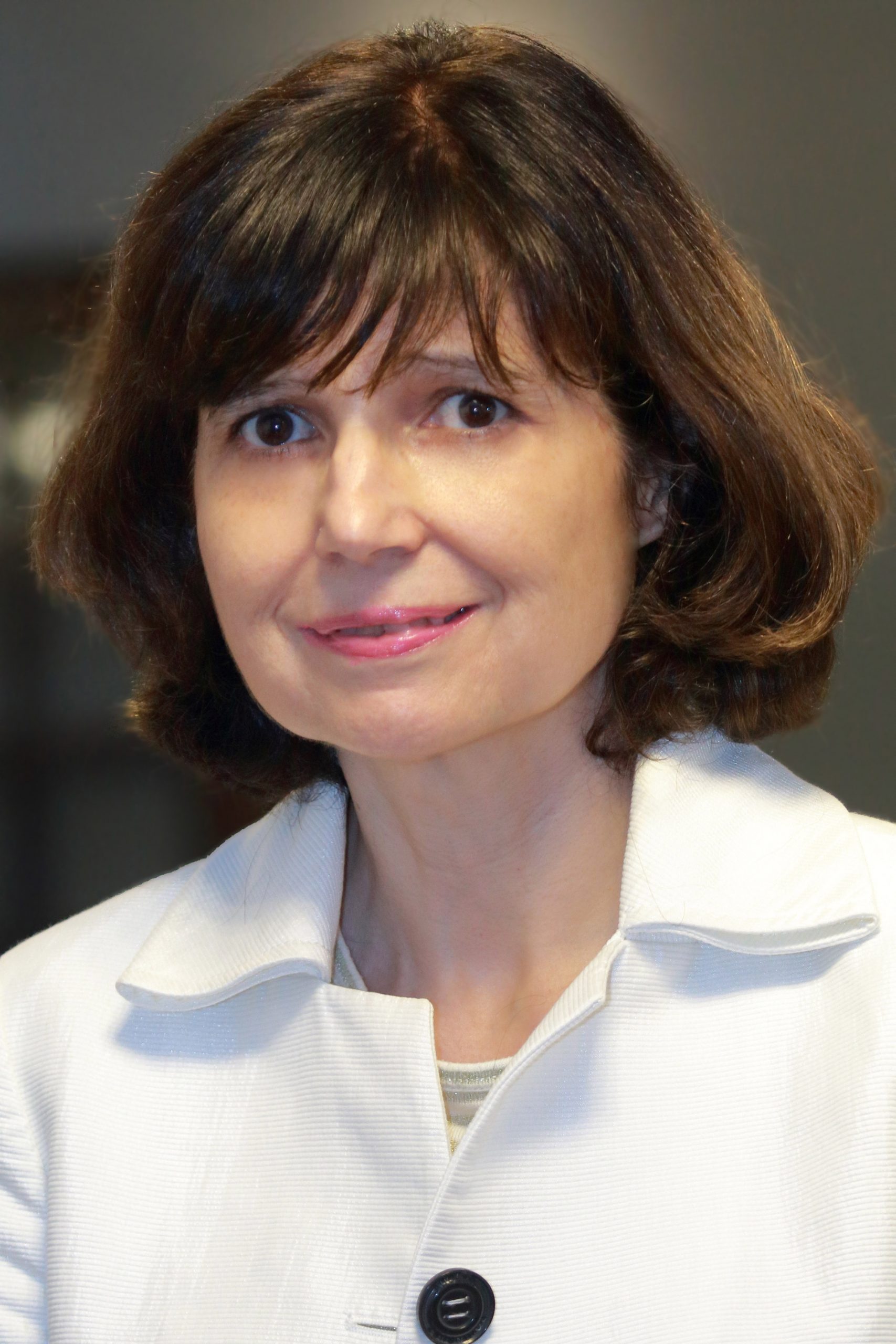 Prof. Almudena Suarez
Prof. Almudena Suarez
- Full Professor at Universidad de Cantabria (Spain)
- Editor–in–Chief IEEE Transactions on Microwave Theory and Techniques
- IEEE Fellow
Biography
Almudena Suárez received her Ph.D. in Physical Sciences from the Universidad de Cantabria in 1992, and her Ph.D. in Electronics from the University of Limoges, France, in 1993.
She is currently a full professor at Universidad de Cantabria (Spain) and head of the research group Microwave Engineering and Radiocommunication Systems.
She has been an IEEE Fellow since 2012 (“For applications of stability analysis to the computer aided design of microwave circuits”) since 2012. She was an IEEE Distinguished Microwave Lecturer from 2006 to 2008.
She has published 115 papers in IEEE journals, with 79 papers in IEEE Transactions on Microwave Theory and Techniques (IEEE T-MTT). She has authored the book “Analysis and Design of Autonomous Microwave Circuits” (IEEE-Wiley, 2009) and co-authored the book “Stability Analysis of Nonlinear Microwave Circuits” (Artech House, 2003).
She was a member of the Board of Directors of European Microwave Association (EuMA) from 2012 to 2020. She received the Research Award of the Social Council of the University of Cantabria in 2021. She was the coordinator of the Communications and Electronic Technology Area for the Spanish National Evaluation and Foresight Agency (ANEP) from 2009 to 2013. She was the chair of the 2014 and 2015 editions of IEEE Topical Conference on RF/Microwave Power Amplifiers (PAWR).
She was the General TPC Chair of European Microwave Week in 2018. She was the Editor-in-Chief of IJMWT from Cambridge University Press from 2013 to 2018. She has been an Associate Editor for IEEE Microwave Magazine since 2014 and was an Associate Editor for IEEE T-MTT in 2019-2022. She was the Chair of the IEEE Subcommittee for the Best paper Award in IEEE Microwave Magazine from 2017 to 2021.
Since 2023 she is the Editor-in-Chief of IEEE T-MTT
Talk title: Advanced Strategies for Overcoming Simulation Challenges in Nonlinear Microwave Circuits
Abstract: While nonlinear simulation methods are well-established, significant challenges remain, regarding instability, coexistence of solutions, and oscillations. This talk will highlight innovative and efficient methods for analyzing complex systems, offering valuable insights into their design and optimization. The prediction of the stability properties is demanding in complex topologies, containing multiple active devices. This complexity can be addressed by partitioning the system into smaller, stable blocks, and calculating the characteristic determinant at the ports defined in the partition, which ensures the applicability of the Nyquist criterion. Another problem faced by designers is the coexistence of solutions, generally associated with points of infinite slope versus the analysis parameter. A novel procedure, easily combined with commercial harmonic-balance software, allows a simultaneous calculation of all the coexistent solutions of a given type, which may belong to different curve sections and even to disconnected curves. Oscillators operating in various modes are used in self-injection-locked radar, compact transmitters and receivers, wireless power transfer, and high-sensitivity sensors. The oscillators enable sensitivity, low consumption, and compactness at the expense of complex operation modes, whose understanding requires moving beyond oversimplified analytical models. Their thorough investigation can be carried out through circuit-level methods, by introducing specific functions in commercial harmonic balance, and through semi-analytical methods, which combine a harmonic-balance description of the core oscillator with an analytical representation of its interactions with the rest of system elements. The new methodologies will be illustrated with practical circuits that have been manufactured and experimentally characterized.

 Prof. Almudena Suarez
Prof. Almudena Suarez